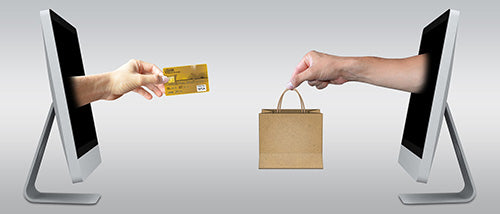The early years
E-commerce, or electronic commerce, refers to the buying and selling of goods and services online. The history of e-commerce can be traced back to the 1960s, when businesses began using electronic data interchange (EDI) to exchange business documents such as purchase orders and invoices.
In the 1980s, the first online shopping systems were introduced. These systems allowed customers to browse products and place orders online, but they were limited by slow internet speeds and high costs.
The 1990s saw a significant growth in e-commerce, thanks to the development of the World Wide Web and the introduction of secure online payment systems. Companies such as Amazon, eBay, and PayPal were founded during this time, and they helped to revolutionize the way people shop online.
In the early 2000s, the growth of e-commerce accelerated as more and more people gained access to high-speed internet connections. The rise of smartphones and other mobile devices also contributed to the growth of e-commerce, as consumers were able to shop from anywhere at any time.
Today, e-commerce is a rapidly growing industry that is projected to continue expanding in the years to come. The COVID-19 pandemic has also accelerated the growth of e-commerce, as more people turned to online shopping due to social distancing measures and store closures.
Why specialized e-commerce packaging is so important today?
In recent years, e-commerce has become more than just buying and selling products online. It now includes various business models, such as online marketplaces, social commerce, subscription-based services, and more. E-commerce has also become an important part of the global economy, with online retail sales expected to reach over $4 trillion by 2024.
One of the most significant changes in e-commerce in recent years is the growth of mobile commerce or m-commerce. With the increasing use of smartphones and tablets, more and more consumers are using these devices to make purchases online. This has led to the development of mobile-friendly websites and apps that make it easier for consumers to shop on the go.
Another trend in e-commerce is the use of artificial intelligence (AI) and machine learning. Retailers are using AI to provide personalized product recommendations, optimize pricing and promotions, and improve the overall shopping experience for customers.
As e-commerce continues to evolve, new technologies and innovations will continue to shape the industry. With the rise of virtual reality and augmented reality, we can expect to see more immersive online shopping experiences that allow consumers to interact with products in new ways. Additionally, blockchain technology may be used to increase the transparency and security of online transactions.
Overall, the history of e-commerce has been marked by significant changes and advancements, and it is likely to continue evolving in the years to come.

